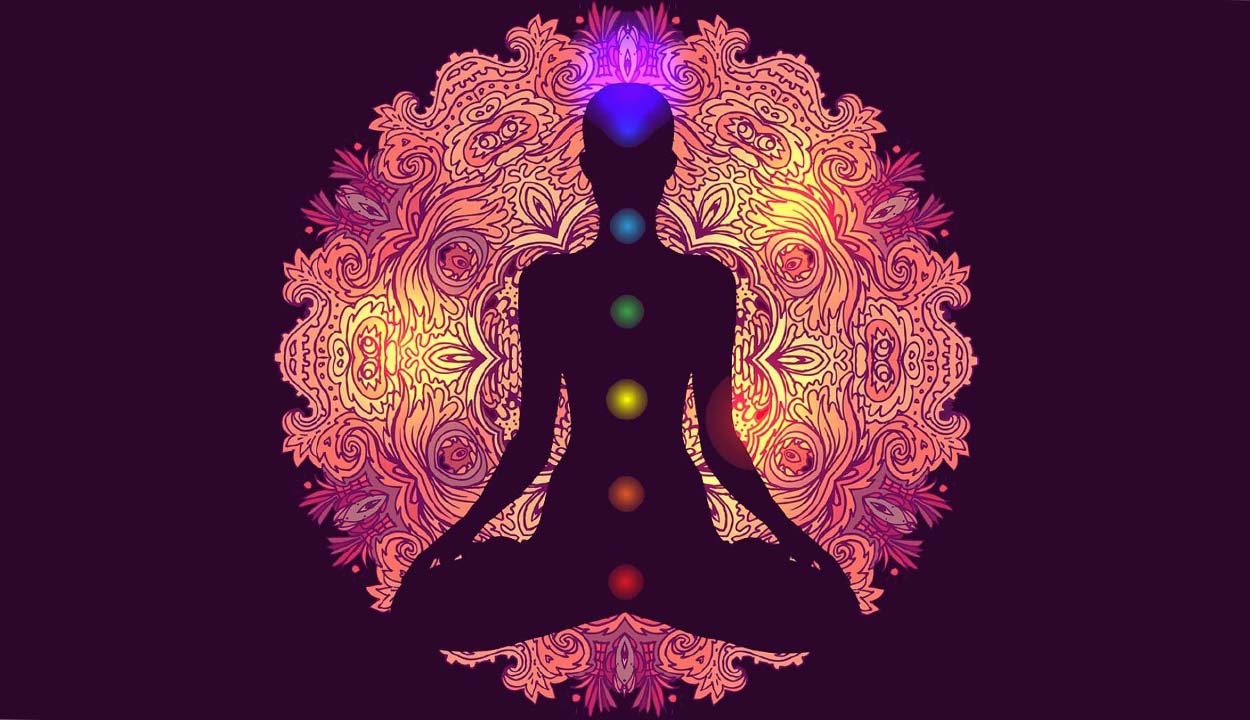In Hindu and Buddhist tradition, the concept of chakra refers to energy centers within the human body. There are said to be seven main chakras, which are believed to be located along the spine, starting at the base and extending to the top of the head. Each chakra is associated with a specific color, as well as with certain physical, emotional, and spiritual states. Here is a brief overview of each of the seven chakras:
- Muladhara (root chakra): Located at the base of the spine, the Muladhara chakra is associated with the color red and is associated with the feeling of being grounded and connected to the earth. It is also related to basic needs such as food, shelter, and safety.
- Swadhisthana (sacral chakra): Located just below the navel, the Swadhisthana chakra is associated with the color orange and is related to emotions and sexuality. It is also associated with creativity and the ability to adapt to change.
- Manipura (solar plexus chakra): Located in the stomach area, the Manipura chakra is associated with the color yellow and is related to personal power and self-esteem. It is also associated with the digestive system and the ability to transform food into energy.
- Anahata (heart chakra): Located in the center of the chest, the Anahata chakra is associated with the color green and is related to love, compassion, and relationships. It is also associated with the immune system and the ability to heal.
- Vishuddha (throat chakra): Located in the throat, the Vishuddha chakra is associated with the color blue and is related to communication and self-expression. It is also associated with the thyroid gland and metabolism.
- Ajna (third eye chakra): Located between the eyebrows, the Ajna chakra is associated with the color indigo and is related to intuition and insight. It is also associated with the pineal gland and the production of melatonin.
- Sahasrara (crown chakra): Located at the top of the head, the Sahasrara chakra is associated with the color violet and is related to spiritual connection and enlightenment. It is also associated with the pituitary gland and the endocrine system.









